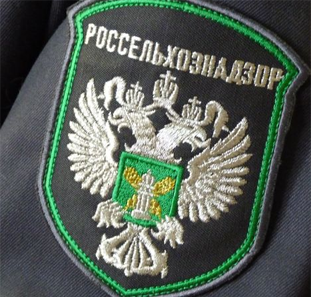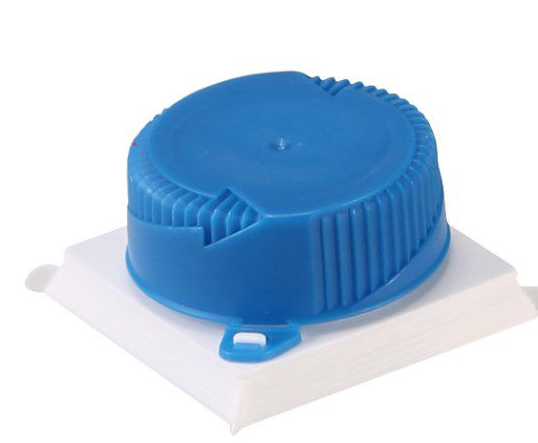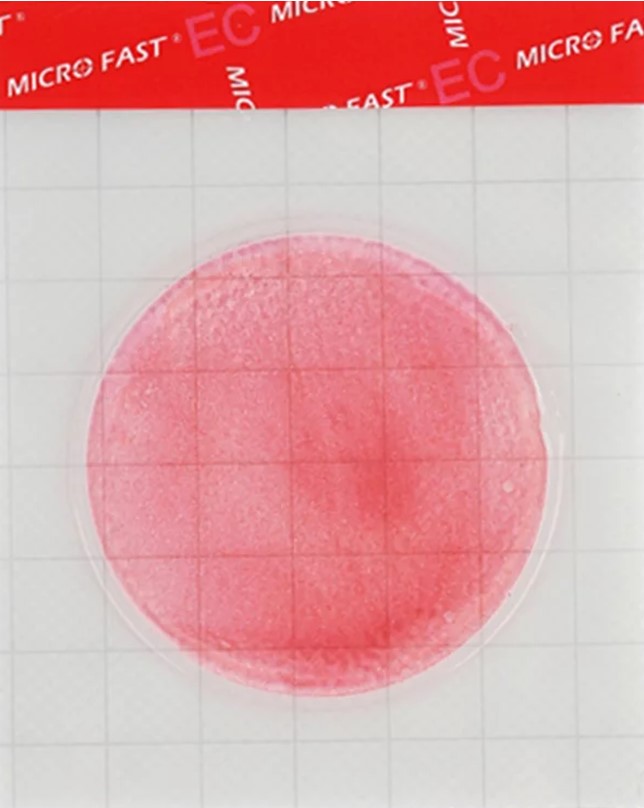The incidence of fish depends on the type of aquaculture

Diagnosis, prevention and elimination of diseases of fish and other aquatic animals in aquaculture are the main goal and task of epizootological monitoring. In the process of implementing monitoring work, specialists from the Rostov Reference Center of ROSSELKHOZNADZOR pay special attention to the conditions for keeping and growing aquaculture objects, which determine their epizootic state and the ability to influence it.
The composition of pathogens of hydrobionts is very wide, these are viruses, bacteria, fungi, helminths, crustaceans. In the natural environment, the composition of the parasite fauna depends on the type of reservoir, its size, depth, chemical composition of water, etc. In aquaculture, in an artificially created habitat, the formation of the composition of fish disease pathogens largely determines the form of cultivation: pond, pasture, industrial.
In the southern regions of RUSSIA, pond aquaculture traditionally accounts for up to 80% of the total volume of all farmed fish. In warm-water aquaculture, the main cultivated species is carp, additional herbivorous fish: white and mottled silver carp and grass carp. The epizootic status of pond aquaculture objects is formed under the influence of two oppositely directed factors. On the one hand, fish in shallow stagnant ponds located in natural areas of natural foci is grown under conditions of a tense hydrochemical regime and the absence of natural food. This leads to a weakening of the immunity of fish and creates conditions for the development of mass diseases. On the other hand, in the released ponds and when changing fish populations, veterinary and sanitary measures are taken to reduce the number of pathogens. This makes the epizootic situation in pond aquaculture unstable. The intensity of diseases is regulated by the strict implementation of fish breeding standards, biotechnology, veterinary and sanitary and preventive measures. The most common diseases in the pond commercial aquaculture of the south of Russia are: aeromonosis, pseudomonosis, branchiomycosis, ichthyophthiriosis, bothriocephalosis, diplostomiasis, phylometroidosis.
Pasture aquaculture provides for the stocking of lakes, estuaries, reservoirs, where fish are fattened up to commercial sizes on a natural food base and then caught. The main objects of pasture aquaculture in the south are herbivorous fish, in the northern regions - salmon and whitefish. When growing fish in lakes, reservoirs, estuaries, helminthiases are most often recorded in the introduced fish, the pathogens of which have a complex life cycle: diplostomiasis, postodiplostomiasis, ligulosis and digrammosis, in salmon - trienophorosis. This is due to the existence of natural foci of these diseases in these reservoirs.
In industrial aquaculture, the cultivation of commercial fish is carried out in pools, fish cages, circulation systems, and other technical facilities installed in cooling ponds of thermal power plants, as well as reservoirs, rivers and lakes. The main objects of cultivation in industrial aquaculture are salmon, sturgeon and cyprinids. Under the conditions of industrial fish farming, a high level of intensification, control and regulation of all technological processes is achieved, therefore the composition of the parasite fauna is poor and consists of protozoa (trichodins), crustaceans (argulus) and leeches, which cause the corresponding diseases. Fish farming in recirculating water systems (RAS) – this type of industrial aquaculture allows you to control almost all biotechnological processes.
Knowledge of the characteristics of cultivation of aquatic organisms and the predominant types of diseases in different forms of aquaculture makes it possible to predict risks and prevent diseases in a timely manner, and therefore successfully control the epizootic situation.
The material was prepared by specialists of the Department of Veterinary Medicine and Risk Analysis of Food Production of the Rostov Reference Center of Rosselkhoznadzor.
Read together with it:
- Rosselkhoznadzor has banned meat imports from two Belarusian enterprises due to violations.In addition, three other Belarusian producers are now subject to strict laboratory monitoring due to initial deviations: azithromycin was found in poultry MEAT from Druzhba Poultry Farm, and the pesticide imidacloprid was found in honey from Pchalyar Polachchyny Farm. Powdered MILK from Luninetsky Dairy Plant was also found to containcoli bacteria . These measures were taken at the request of the ...
- В Амурскую область поступило свыше 6 тысяч тонн мяса птицы из КитаяС 3 июня по 6 ноября инспекторы проверили 290 партий мяса, все из которых были сопровождены ветеринарными сертификатами, подтверждающими их качество и безопасность. Лабораторные исследования, проведенные под контролем Россельхознадзора, не выявили нарушений, и груз был допущен на территорию России.
- Kyiv imposed sanctions against Dmitriev and Russia's negotiator in Istanbul.The sanctions also affected Kirill Dmitriev, the first deputy minister of education and HEAD of the Ministry of Agriculture of RUSSIA and the former head of the Constitutional COURT of Ukraine.Ukrainian President Volodymyr Zelenskyy has imposed new sanctions against Russian officials. He announced this on his TELEGRAM channel. According to a document posted on the website of the Ukrainian Presiden...
- Орбан добился разрешения Трампа закупать российскую нефтьСША сделали «бессрочное» исключение на поставки российских энергоносителей в Венгрию через «Турецкий поток» и «Дружбу», объявил Орбан после встречи с Трампом. Будапешт и Вашингтон также заключили ряд сделок США сделают для Венгрии исключение из санкций, заявил венгерский премьер-министр Виктор Орбан после встречи с американским президентом Дональдом Трампом. «В Венгрии по-прежнему будут самые низк...
- Buryatia has declared a state of high alert due to a pasteurellosis outbreak.A state of high alert has been established in six districts: Mukhorshibirsky, Bichursky, Zaigraevsky, Kyakhtinsky, Kizhinginsky, and Yeravninsky, which border the Zabaykalsky Krai. Veterinary checkpoints are in operation around the clock on the roads leading out of this region, monitoring transported animals and products. Pasteurellosis is an infectious disease dangerous to cattle, small ruminants...
- Россельхознадзор провел надзорный контроль за 18 тысячами тонн животноводческой продукции в Кировской областиТакже зарегистрированы 2 партии куриных лапок весом 47,2 тонны, отправившихся на экспорт в Китай. Перевозки проходили в рамках условий регионализации. В регион были ввезены кормовые добавки и корма из нескольких областей, включая Курскую, Калининградскую и Волгоградскую. В свою очередь, из Кировской области было отправлено 36 партий яиц в Коми и Ямало-Ненецкий автономный округ, а также 7 партий об...
- В Красноярске приостановили работу павильона из-за нелегальной продажи мясаНарушения выявил Россельхознадзор, после чего было возбуждено административное дело против предпринимателя. Изъятое мясо направлено на уничтожение, а деятельность павильона будет приостановлена на 20 суток.
- A new procedure for registering veterinary drugs will come into force in 2026.Since 2022, ROSSELKHOZNADZOR has already begun transitioning to an electronic registration format, allowing producers to submit applications online , significantly reducing processing time. However, paper applications remained available, which slowed down the process. Under the new regulation, manufacturers must use a single platform for submitting documents with an enhanced, qualified electronic ...




























































